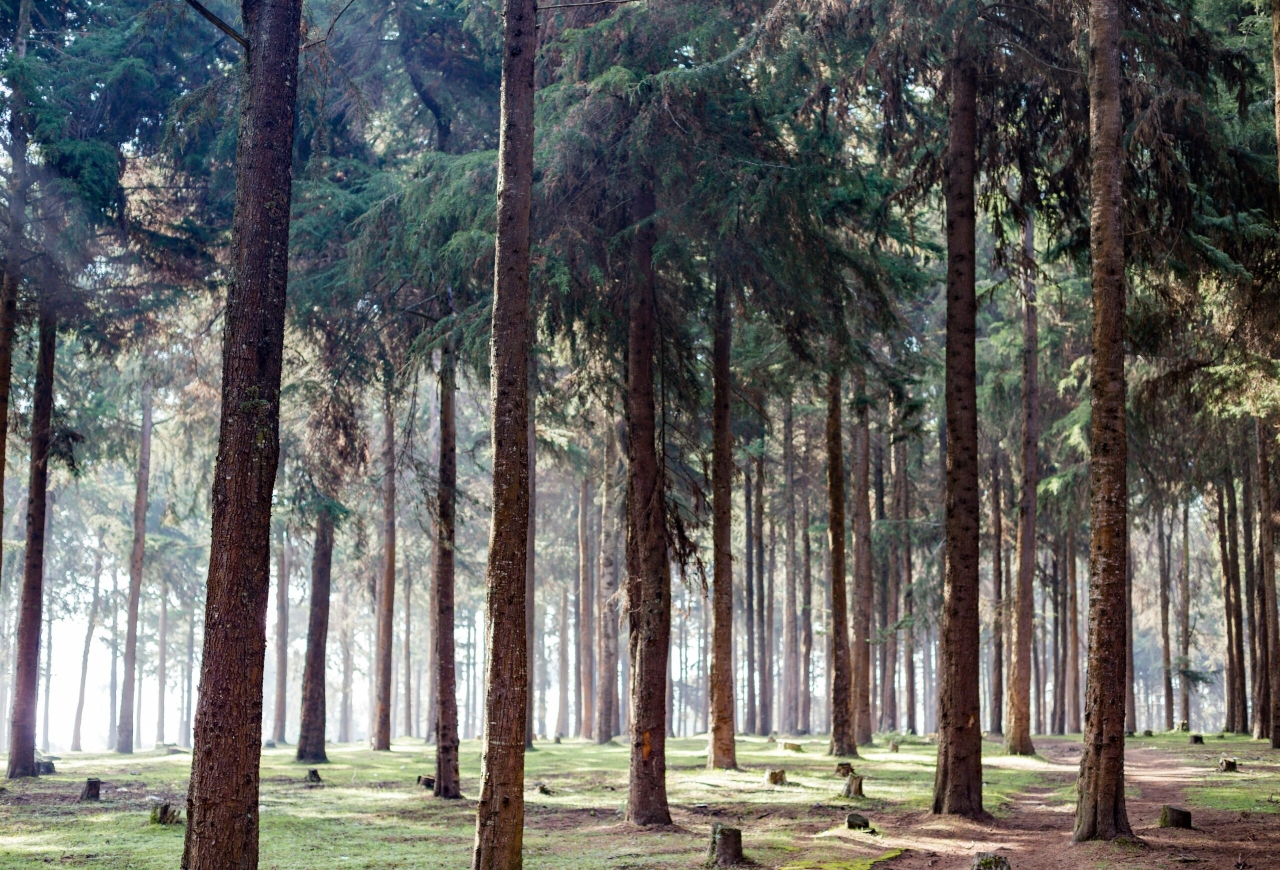The investment manager highlights the need for capital investment to establish sustainable timber plantations and wood processing industries in order to meet growing demand.

Increasing demand for timber products in sub-Saharan Africa is providing investors in sustainable forestry with a fresh avenue to widen their portfolios, according to New Forests, a global investment manager focused on nature-based assets.
The Sydney-based firm said the region’s timber sector had grown into an asset class with potential to offer a stable, long-term investment return, with limited correlation to the performance of other asset classes.
“Ownership of African forestry assets by investors is currently less developed than other regions. Much of the natural forest timber resources have been depleted and there is a need for capital investment to establish sustainable timber plantations and associated wood processing industries,” Yida Kemoli, the recently appointed managing director of New Forests Africa said.
Demand has been driven by rising population and economic growth in the region, leading to greater urbanisation and an associated rise in demand for timber products, most of these sourced from within Africa. New Forest said Kenya, for example, currently had an annual housing deficit of 2 million units.
Rising demand
In a white paper published in March, the investment manager said the sector was also benefitting from rising demand for a wider range of wood products from a gentrifying population, the potential for higher value import substitution and carbon market opportunities. It said institutional investors were being attracted to the sector due to the expansion of green initiatives aimed at promoting investment in sustainable development outcomes.
Kemoli, who is based in Nairobi, said the region’s forestry industry was poised for further rapid growth, which would offer opportunities for international investors looking to invest in sustainable agricultural industries.
“Providing investors access to sustainable forestry operations with commercial returns, along with a focus on conservation and sustainable development outcomes, is a key focus of our Africa forestry strategy,” he said.
Typical investors at present include development finance institutions, pension funds, sovereign wealth funds, family offices and high-net-worth individuals. They tend to invest in state-run and privately-owned timber assets via dedicated investment funds, managed by timber investment management organisations, New Forests said.
Africa forest strategy
The investment manager has been strengthening its African presence in recent years, launching a forestry strategy for the continent in 2022, in conjunction with partners British International Investment, Norfund and Finnfund. The strategy focuses on four impact targets: climate change mitigation, biodiversity conservation, gender and diversity, and community and livelihoods.
New Forests is a B Corp with A$11.7bn (€7.18bn) in nature-based assets under management at end-2023 across more than 1.3 million hectares in Australia, New Zealand, Southeast Asia, Africa and the United States. Japan’s Mitsui & Co and Nomura jointly acquired the firm in 2022.
In January, New Forests’ global head of investments David Shelton spoke to Impact Investor about the A$450m first close of its Australia New Zealand Landscapes and Forestry Fund. Investors included Swedish pension fund Andra AP-fonden (AP2), German pension group Bayerische Versorgungskammer (BVK) and the Australian Government’s Clean Energy Finance Corporation (CEFC), among others.
Restoring Thai peat swamp
In February, New Forests said it had made the first investment for its Tropical Asia Forest Fund 2, in a project to conserve and restore the Kuan Kreng Landscape in Thailand, the country’s second largest peat swamp forest.
The project is working to raise the ground water table to restore degraded peatland, as well as boosting biodiversity. Around 40% of the landscape is suitable for a carbon project, which could generate more than 500,000 carbon credits per year on average, according to New Forests.
Backers for TAFF2 include Mitsui, Nomura, Asian Development Bank, the Australian government, David and Lucile Packard Foundation, the Hempel Foundation, Sumitomo Mitsui Trust Bank, TotalEnergies, and the Temasek-owned GenZero.
Other investment managers seeking to attract investment to the sustainable forestry and land management recently include MEAG, the asset management arm of Munich Re, and Mirova.
MEAG received $207m (€190m) of commitments at the first close of its MEAG Sustainable Forestry Equity Fund. Meanwhile, the Mirova Sustainable Land Fund 2 (MSLF2) blended finance vehicle was launched in December aiming to raise €350m from public bodies and institutional investors for investments in sustainable land management.





